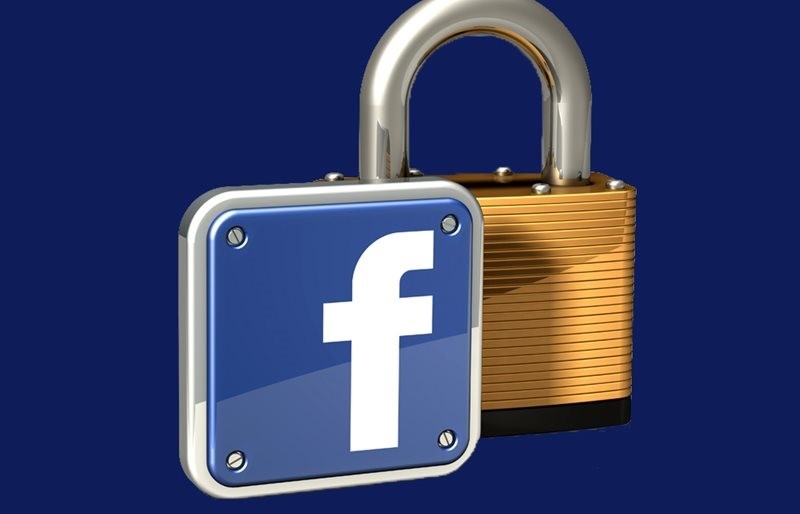How to protect your Facebook account from hacking
How do I know who hacked my account?
In the beginning, the respected and educated pioneers of the article site, we must know that (prevention is better than cure) and in this regard we must take care of the most important first, which is to realize that learning how to protect our own account and secure it from theft and hacking, is better than learning the method of recovery, so we will In this article, we highlight how to protect and secure our account from hacking.
As for finding out who is the main hacker of our account, this does not really matter because it does not benefit us in terms of return of the account or succession.
How do I get my hacked account back?
If you believe that your account has been hacked or has been acquired, you should visit this page to secure your account. We’ll ask you to change your password and review your last login activity.
Dear reader and interest seeker, If you have been using Facebook for a few years, you know that your account contains a real treasure trove of information that thieves and hackers love to search and also steal, but securing your Facebook account will go a long way towards protecting you from exposing a large part of your life Your personal and important information from hacking and theft.
Luckily. Here’s what you should do.
Choose a strong password
Let’s start with one of the most important things: choosing a strong password. Your password is the first and often the best security mechanism for keeping information and account thieves out, so watch out here. Make sure that the password is long (12-14 characters or more) and is a mixture of letters and numbers, and does not contain personal information, such as date of birth, card number or even mobile number, because these numbers are easy to predict and can be easily engineered from a point of view Social.
Most importantly, do not use this password anywhere else on the Internet. You should use a different password for each account you have, ideally, because someone who can hack one account might try the other social media accounts with the same hacked password, and all of them will be random strings of characters. This is why using a password generator and manager like LastPass is, by far, the best way to secure all your accounts.
Finally, beware of attempts by others to obtain your password through common methods, such as scams, to gain trust, and do not follow untrusted links, such as those sent in emails, that ask you to enter your password.
Was this information helpful to you? Well, let’s change your password to something more secure. All the settings we will be referring to in this article can be accessed using a web browser by clicking on the little arrow in the upper right corner and choosing “Settings” from the dropdown menu, so do that now. And enter a strong password.
In the phone app, tap the More button in the bottom right corner, scroll and tap Settings. From the resulting popup, choose “Account Settings.”
You can change your Facebook password from the Password section of your privacy settings. Use the password generator and password manager to store the password in a safe place, and you are good to go.
Use login approvals
Believe it or not, a strong password is not enough to really secure your account. These days, hackers are technically advanced and have algorithms to predict passwords, so it’s important to turn on a security feature known as two-factor authentication – which Facebook calls “login approvals”.
The principle behind it is simple: you sign in with something you know (your password), and something you have – usually your phone. After you enter your password, Facebook will send a code to your phone that you type on the site, to confirm that you are who you say you are. That way, if someone finds out your password, they won’t be able to sign in without having your phone as well. You can get this code as a text message, and this method is the best way to protect your private account and information from hacking.
This feature – again, called Facebook Login Approvals – can be enabled from Settings > Security > Login Consents. Check the box next to “Require a login code to access my account from unknown browsers”.
The next time you log in, you will be prompted for your consent code, which must be sent to your phone.
After entering your code, you will be asked if you want to store this browser so that you don’t have to enter the consent code the next time you log into Facebook with this browser.
This feature can be disabled at any time in the Login Approvals settings. However, we recommend leaving it turned on and getting used to using it. It’s an essential security feature for every service these days.
Note: If you are trying to log into another app with your Facebook account, but it does not support login consent codes, you can use the app’s one-time password from the App Passwords option in Facebook security settings.
Enable login alerts and see who is logged into your account
Strong passwords and login approvals are the two best ways to truly secure your Facebook account, but there are other methods you can use to give you peace of mind. Login alerts are one such tool. You’ll find it under Settings > Security > Login Alerts.
You can choose to receive a notification on Facebook, via email, or as a text message. The next time anyone logs in from an unknown device or browser, you will be notified.
This is also a good time to see which devices are logged into your Facebook account. If there’s anything you don’t know, you can log out remotely. (You’ll likely only see your own devices here, but you can never be too careful.)
Go to Settings > Security > Where to sign in, and tap End Activity for any unfamiliar devices or locations. If you don’t want to review and review every session in the list, tap End All Activity to sign out of all devices in the list.
You don’t need to save any changes with this step, once you end the activity for a session it’s done.
Note: If you sign out of a session, you will still be able to sign in on that device without entering your sign-in consent code. You can revoke access to any login consents – for example, if your laptop or phone is stolen – from “Recognized Devices” in Security Settings. Simply remove any browser or device you have previously approved, then click Save Changes. The next time the device tries to sign in, it will need a token to sign in again.
And after reading the article, dear educated person and looking for security for your account, if the information is useful to you, please click on the like button at the bottom of the article and share it with your loved ones in order to protect their accounts from hacking.










